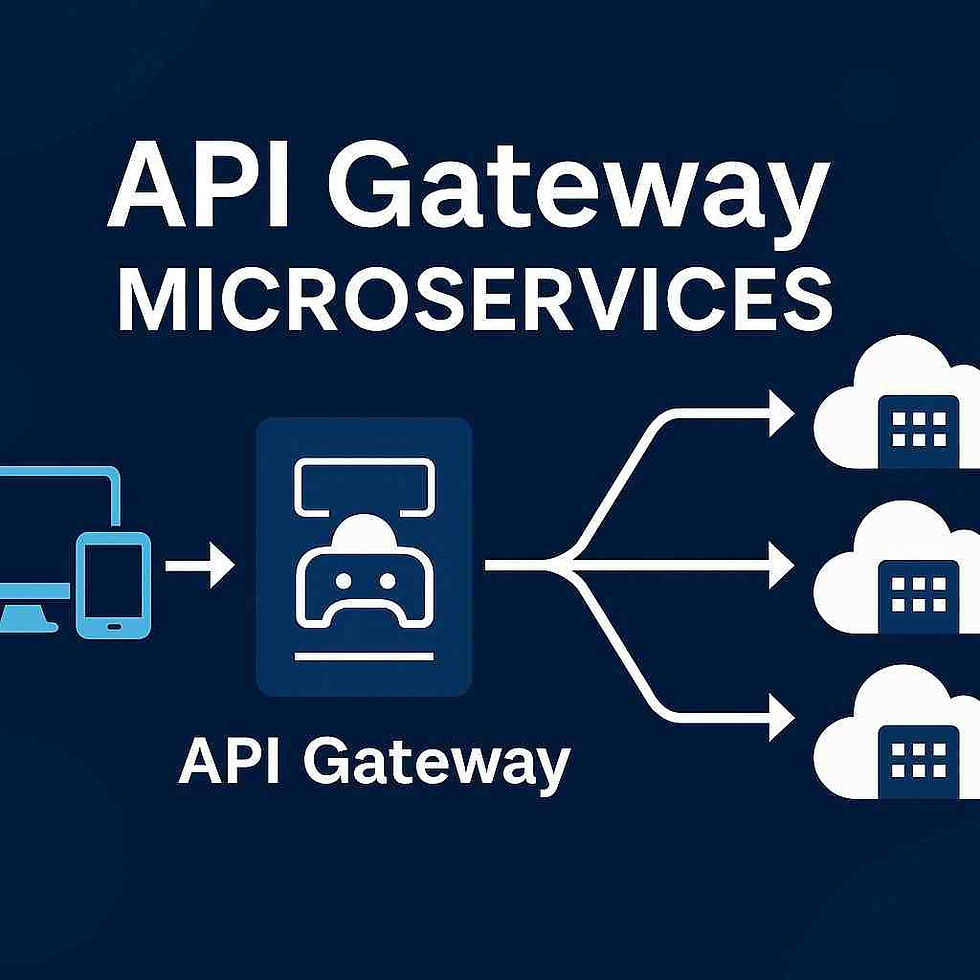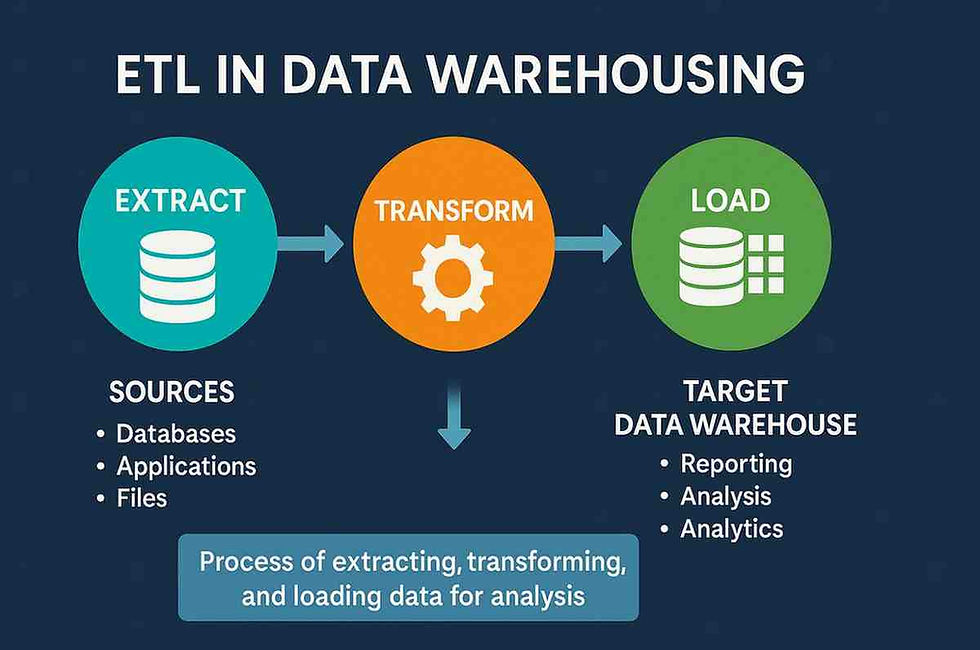Test Coverage in Testing: Guide to Software Quality Assurance 2025
- Gunashree RS
- Jun 28
- 7 min read
Introduction
In today's rapidly evolving software landscape, ensuring comprehensive test coverage has become more critical than ever. With the global software testing market valued at $55.6 billion in 2024 and projected to reach $145.84 billion by 2037, understanding test coverage in testing is essential for any organization serious about software quality.
Test coverage represents the extent to which your testing process examines and validates the functionality, requirements, and potential risks of your software application. Unlike code coverage, which focuses on lines of code executed, test coverage takes a broader perspective, evaluating how well your tests address business requirements and user scenarios from an end-user viewpoint.

What is Test Coverage in Testing?
Q: How do you define test coverage in software testing?
Test coverage in testing is a qualitative metric that measures how comprehensively your test suite covers the software's business requirements, functionality, and potential risks. It answers the fundamental question: "Are we testing the right things to ensure our software meets user expectations and business objectives?"
As noted by testing experts, "Test coverage, apart from being a crucial factor in software maintenance, indicates software quality. It acts as a metric for measuring the quantity of testing a set of tests performs and, at the same time, assists in evaluating test effectiveness by delivering data on several coverage items."
Key characteristics of test coverage include:
Qualitative nature: Unlike quantitative metrics, test coverage evaluates the depth and breadth of testing
User-centric perspective: Focuses on external behavior and user experience
Risk-based approach: Identifies and addresses potential software risks
Requirement validation: Ensures all business requirements are thoroughly tested
Types of Test Coverage Metrics
1. Requirements Coverage
Requirements coverage ensures that every specified requirement has corresponding test cases. This type of coverage is fundamental to validating that your software meets its intended purpose.
Formula: Requirements Coverage = (Number of requirements tested / Total number of requirements) × 100%
Example: If your application has 50 requirements and you've created tests for 45 of them, your requirements coverage is 90%.
2. Functional Coverage
Functional coverage measures how well your tests exercise the software's functional requirements. It focuses on what the system should do rather than how it does it.
Key aspects include:
Input validation testing
Output verification
Business logic validation
User workflow testing
3. Risk Coverage
Risk coverage addresses potential failure points and vulnerabilities in your software. In 2024, 68% of QA professionals reported incorporating shift-left principles into their projects, marking an increase from previous years as more organizations realize its benefits in maintaining a seamless development cycle.
Risk categories to consider:
Security vulnerabilities
Performance bottlenecks
Integration failures
Data corruption scenarios
4. Feature Coverage
Feature coverage ensures that all product features have been tested across different scenarios and user interactions.
Coverage areas include:
Core functionality
Edge cases
Error handling
User interface elements
Test Coverage vs Code Coverage: Understanding the Difference
Q: What's the main difference between test coverage and code coverage?
While both metrics are essential for software quality, they serve different purposes:
Aspect | Test Coverage | Code Coverage |
Perspective | User/business-focused | Developer/technical-focused |
Measurement | Qualitative | Quantitative (percentage) |
Scope | Requirements and functionality | Lines of code executed |
Testing Type | Black-box testing | White-box testing |
Primary Goal | Risk mitigation | Code execution validation |
As industry experts explain, "Code coverage tells you what areas of code have and have not been executed. Test coverage tells you what risks have been examined, from the user's point of view."
How to Measure Test Coverage Effectively
1. Define Clear Metrics
Establish specific, measurable criteria for your test coverage assessment:
Specification Coverage: Percentage of requirements with test cases
Feature Coverage: Percentage of features tested
Scenario Coverage: Percentage of user scenarios validated
Risk Coverage: Percentage of identified risks addressed
2. Use Coverage Tracking Tools
Appsurify TestMap excels in visualizing test coverage and automating test gap detection in the UI, making it the go-to tool for QA teams seeking to eliminate untested code areas efficiently.
Popular test coverage tools for 2024:
Appsurify TestMap
PractiTest
TestRail
Zephyr
qTest
3. Implement Traceability Matrix
Create a requirements traceability matrix to track:
Requirements for testing case mapping
Test execution status
Coverage gaps identification
Risk assessment results
Best Practices for Achieving Optimal Test Coverage
1. Start with Risk-Based Testing
Prioritize testing efforts based on:
Business criticality
User impact
Technical complexity
Historical defect data
2. Embrace Shift-Left Testing
In 2024, 68% of QA professionals reported incorporating shift-left principles into their projects, recognizing the benefits of early testing integration.
Shift-left benefits:
Earlier defect detection
Reduced fixing costs
Improved collaboration
Better requirement validation
3. Balance Automation and Manual Testing
The adoption of test automation is accelerating, with 26% of teams replacing up to 50% of their manual testing efforts and 20% replacing 75% or more.
Automation considerations:
Repetitive scenarios
Data-driven testing
Performance validation
4. Regular Coverage Assessment
Conduct periodic reviews to:
Identify coverage gaps
Update test cases
Retire obsolete tests
Optimize testing efforts
Common Test Coverage Challenges and Solutions
Challenge 1: Achieving 100% Coverage
Q: Is 100% test coverage always necessary?
While 100% coverage might seem ideal, it's often impractical and may not guarantee quality. Focus on:
Critical functionality coverage
High-risk area validation
Business-critical path testing
Cost-benefit analysis
Challenge 2: Maintaining Coverage Over Time
Solutions:
Implement continuous integration
Automate coverage reporting
Regular test suite maintenance
Stakeholder involvement
,
Challenge 3: Balancing Coverage and Efficiency
Strategies:
Risk-based prioritization
Test case optimization
Resource allocation planning
Tool-assisted analysis
Industry Statistics and Trends
Current testing landscape:
The global software testing market size was worth over USD 55.6 billion in 2024 and is poised to grow at a CAGR of over 7.7%, reaching USD 145.84 billion revenue by 2037.
35% of companies mentioned manual testing as the most time-consuming activity within a testing cycle according to these software testing statistics.
The global software testers ratio is 5.2 per capita per 100,000 individuals.
Expert Insights on Test Coverage
Leading industry professionals emphasize the importance of comprehensive test coverage:
"A good tester prevents problems; a great tester finds them." - Keith Klain, Director of Quality Engineering at KPMG UK
"In software testing, the earlier a bug is found, the cheaper it is to fix." - Karen N. Johnson, independent software test consultant.
These insights highlight that effective test coverage isn't just about quantity—it's about strategic quality assurance that prevents issues before they impact users.
Tools and Technologies for Test Coverage
Enterprise-Level Solutions
Appsurify TestMap - Visual coverage mapping and gap detection
PractiTest - Comprehensive test management with coverage analytics
TestRail - Requirements traceability and coverage reporting
Zephyr - Integrated test management and coverage metrics
Open Source Options
Allure Framework - Test reporting with coverage insights
ReportPortal - AI-powered test analytics
TestLink - Requirements-based test management
Cucumber - BDD framework with natural language coverage
Implementing Test Coverage Strategy
Phase 1: Assessment and Planning
Current State Analysis
Existing test coverage evaluation
Gap identification
Risk assessment
Resource evaluation
Strategy Development
Coverage goals definition
Metric selection
Tool evaluation
Timeline establishment
Phase 2: Implementation
Tool Setup and Configuration
Coverage tracking tools installation
Integration with existing systems
Team training and onboarding
Process documentation
Test Case Development
Requirements-based test creation
Risk-driven scenario development
Automation script development
Coverage validation
Phase 3: Monitoring and Optimization
Continuous Monitoring
Regular coverage assessment
Trend analysis
Performance metrics tracking
Stakeholder reporting
Optimization
Test case refinement
Process improvement
Tool optimization
Resource reallocation
Frequently Asked Questions (FAQs)
Q: What is the ideal test coverage percentage?
A: There's no universal ideal percentage. Focus on covering high-risk areas, critical business functions, and user journeys. Quality of coverage matters more than quantity.
Q: How does test coverage differ from code coverage?
A: Test coverage measures how well tests validate business requirements and user scenarios (black-box perspective), while code coverage measures how much source code is executed during testing (white-box perspective).
Q: Can automated testing achieve better test coverage?
A: Automation can improve coverage consistency and speed, but it requires strategic implementation. Manual testing remains essential for exploratory testing and user experience validation.
Q: How often should test coverage be measured?
A: Coverage should be measured continuously in modern DevOps environments, with formal assessments conducted at major release milestones and during sprint reviews.
Q: What are the biggest test coverage mistakes to avoid?
A: Common mistakes include focusing solely on coverage percentages, neglecting edge cases, inadequate requirements traceability, and insufficient stakeholder involvement.
Q: How do you handle test coverage in agile environments?
A: Implement continuous testing practices, maintain living documentation, use automated coverage reporting, and ensure close collaboration between development and testing teams.
Q: What tools are best for measuring test coverage?
A: Tool selection depends on your technology stack, team size, and requirements. Popular options include Appsurify TestMap, PractiTest, TestRail, and various open-source solutions.
Q: How does test coverage impact software quality?
A: Comprehensive test coverage reduces defect escape rates, improves user satisfaction, decreases maintenance costs, and enhances overall software reliability.
Conclusion
Test coverage in testing represents a fundamental pillar of software quality assurance. By understanding the different types of coverage, implementing appropriate measurement strategies, and leveraging the right tools, organizations can significantly improve their software quality while optimizing testing efforts.
Remember that effective test coverage isn't about achieving perfect percentages—it's about strategically ensuring that your testing efforts align with business objectives, user expectations, and risk mitigation goals. As the software testing industry continues to evolve, maintaining comprehensive yet efficient test coverage will remain crucial for delivering high-quality software products.
The key lies in balancing thoroughness with practicality, leveraging automation where appropriate, and maintaining a user-centric perspective throughout your testing journey. By following the practices and insights outlined in this guide, you'll be well-equipped to implement effective test coverage strategies that drive real business value.
Key Takeaways
• Test coverage measures how well your tests validate business requirements and user scenarios, not just code execution
• Focus on risk-based testing to prioritize high-impact areas over achieving arbitrary coverage percentages
• Implement shift-left testing practices to catch defects early and reduce fixing costs significantly
• Balance automated and manual testing approaches for optimal coverage efficiency and effectiveness
• Use requirements traceability matrices to ensure comprehensive coverage of all specifications
• Regular coverage assessment and optimization are essential for maintaining testing effectiveness over time
• Select appropriate tools based on your technology stack, team size, and specific testing requirements
• Quality of test coverage matters more than quantity - strategic testing trumps exhaustive testing
• Involve stakeholders in coverage planning to align testing efforts with business objectives
• Continuous monitoring and improvement of test coverage processes drive long-term success




Link INDOVIP138
indovip138
indovip138
indovip138
indovip138
indovip138
indovip138
indovip138
indovip138
indovip138
indovip138
indovip138
indovip138
indovip138
indovip138
indovip138
indovip138
indovip138
indovip138
indovip138
indovip138
indovip138
indovip138
indovip138
indovip138
indovip138
indovip138
indovip138
indovip138
indovip138
indovip138
indovip138
indovip138
An excellent tool for API testing. I am currently developing an online casino similar to the market leader described here, indian1xbet.com, 1xBet. When adding games and content, it's important to use third-party APIs. Besides that, it’s necessary to create your own API for integration with other tools and services. That’s exactly what I tested for functionality using your service.